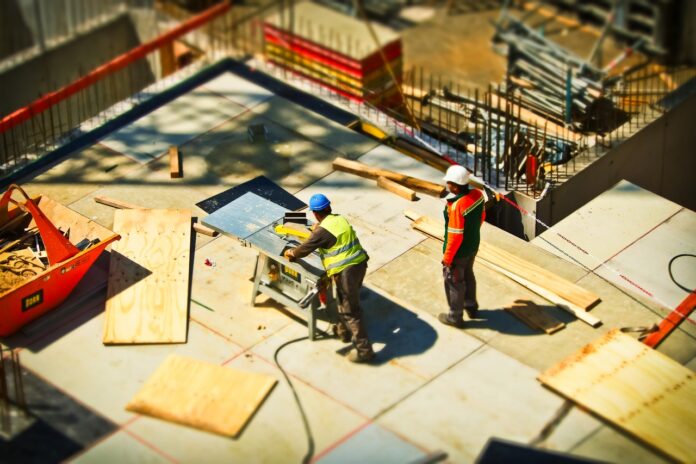Building Information Modeling (BIM) is the link between the design, construction, and operation of buildings.
Adopted and accepted by governments and architecture, engineering, and construction (AEC) firms around the world for their abilities to reduce costs and improve quality, BIM processes are now at what Andy Grove of Intel would call “an inflection point.” strategic”.
But what does BIM look like in an era where connectivity is ubiquitous?
What do we mean by connected BIM?
Today’s technologies that support advanced BIM processes are altering the way buildings and infrastructure is designed, built, and used. Yet for some architects, engineers, contractors, and owner/operators, adopting new technologies and processes remains a daunting proposition that requires team retraining; and putting their trust in the cloud and mobility; just as they must make the necessary transition from their 2D comfort zone to the world of 3D BIM Modeling.
1. Make better decisions using data
With BIM, huge amounts of data can be captured, created, and analyzed, allowing you to evaluate alternatives in a real-world context. Knowledge early in the project design phase by everyone involved in the project supports “do it best” versus “do it best” performance during project construction. Cloud-enabled software that brings mobility and generative design, virtual and augmented reality technologies are becoming an advisor in the design and engineering process, optimizing designs and helping teams make informed decisions before construction begins. construction and in a fraction of the time traditionally used.
2. Digitize everything
Integrate design to manufacturing to the construction process more seamlessly. Extend digitization to the construction site, with sensors, drones, smart machines, and mobile devices enabled by a BIM-connected cloud platform. Seamless integration of design and construction processes translates intent into execution, saving even more time and money.
3. Use data throughout the project lifecycle
Huge amounts of data can be taken from the project under construction and now more available than ever, connected technology helps make data use throughout the project lifecycle. Learn from operational data gathered throughout the lifecycle for continuous improvement of decision-making. Gather data through sensors and connected devices to inform maintenance decisions, more efficient and adaptive operations, and future design or process improvements.
4. Anywhere, anytime access for the whole team
The BIM model of the project is the central axis from the beginning. Stay up to date in the office and on the project site, using the cloud, data, and connected systems to share and collaborate across the lifecycle in real-time and without barriers. As companies with collaborative work capabilities become more prevalent in the industry, it will be much easier to develop projects.










